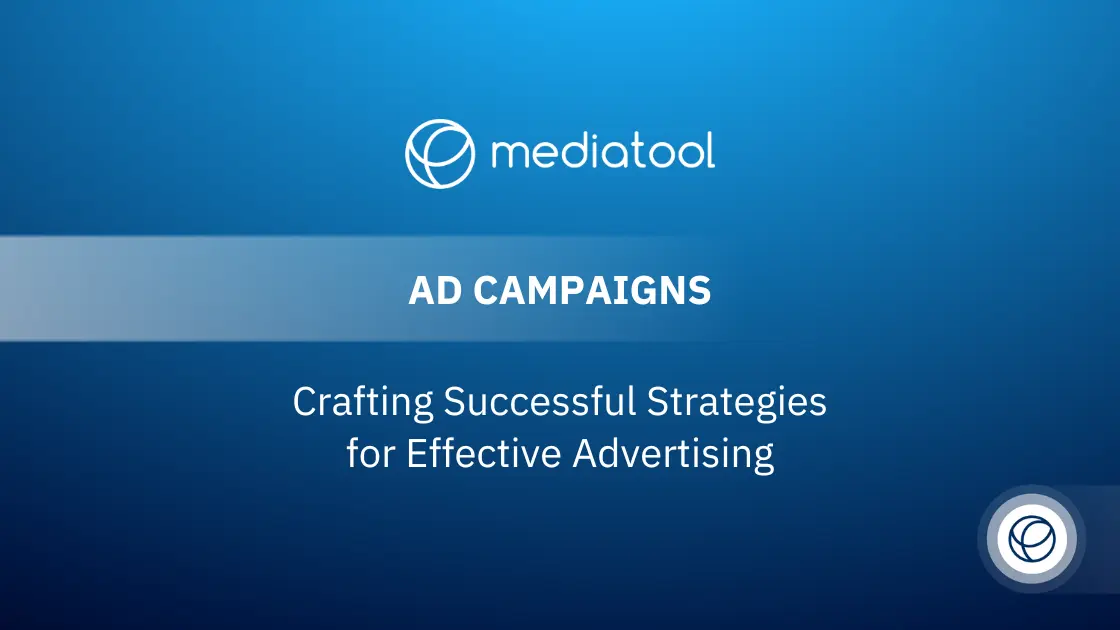Creating compelling ad campaigns is essential for capturing attention and driving engagement. Successful ad campaigns not only promote products or services but also resonate with the audience and inspire action. Here’s a guide to developing effective ad campaigns that achieve your marketing goals.

Define Clear Objectives
The first step in creating a compelling ad campaign is defining clear objectives. What do you want to achieve with your campaign? Objectives could include increasing brand awareness, generating leads, driving sales, or promoting a special offer. Having specific, measurable goals helps guide your campaign strategy and ensures that all efforts are aligned with your desired outcomes.
Know Your Target Audience
Understanding your target audience is crucial for crafting relevant and engaging ads. Conduct research to identify your audience’s demographics, interests, and behaviors. Use this information to create buyer personas that represent your ideal customers. Tailoring your ads to address their needs and preferences increases the likelihood of resonating with them and driving engagement.
Craft a Strong Message
A compelling ad campaign requires a clear and impactful message. Your message should be concise, memorable, and aligned with your campaign objectives. Focus on the key benefits of your product or service and highlight what sets it apart from competitors. Use persuasive language that appeals to your audience’s emotions and motivates them to take action.
Use Eye-Catching Visuals
Visuals play a significant role in capturing attention and conveying your message. Use high-quality images, graphics, or videos that are visually appealing and relevant to your campaign. Ensure that your visuals are consistent with your brand’s identity and effectively communicate your message. Strong visuals help your ad stand out and leave a lasting impression on your audience.
Choose the Right Platforms
Selecting the right platforms for your ad campaign is essential for reaching your target audience effectively. Consider where your audience is most active, whether it’s social media, search engines, or other online channels. Each platform offers different ad formats and targeting options. Choose platforms that align with your campaign goals and audience preferences for maximum impact.
Optimize Ad Copy
Effective ad copy is clear, concise, and compelling. Use attention-grabbing headlines that immediately communicate the value of your offer. Include a strong call-to-action (CTA) that tells your audience what to do next, such as “Shop Now,” “Sign Up,” or “Learn More.” Test different variations of ad copy to see what resonates best with your audience and drives the desired action.
Implement A/B Testing
A/B testing involves creating multiple versions of an ad to determine which performs best. Test different elements such as headlines, visuals, ad copy, and CTAs. Analyze the results to identify the most effective variations and refine your campaign accordingly. A/B testing helps optimize ad performance and improves the overall effectiveness of your campaign.
Monitor and Analyze Performance
Monitoring and analyzing ad performance is crucial for understanding the effectiveness of your campaign. Use analytics tools to track key metrics such as click-through rates (CTR), conversion rates, and return on investment (ROI). Regularly review this data to assess how well your campaign is meeting its objectives and make data-driven adjustments as needed.
Adjust and Refine
Based on performance data, make necessary adjustments to your ad campaign. Refine your targeting, tweak your ad copy, or adjust your budget allocation to improve results. Continuously optimizing your campaign ensures that you maximize its effectiveness and achieve your marketing goals.
Conclusion
Creating compelling ad campaigns requires a strategic approach and attention to detail. By defining clear objectives, understanding your audience, crafting a strong message, and using eye-catching visuals, you can develop ads that capture attention and drive engagement. Implementing A/B testing, monitoring performance, and making data-driven adjustments help ensure the success of your ad campaigns and achieve your marketing goals.




